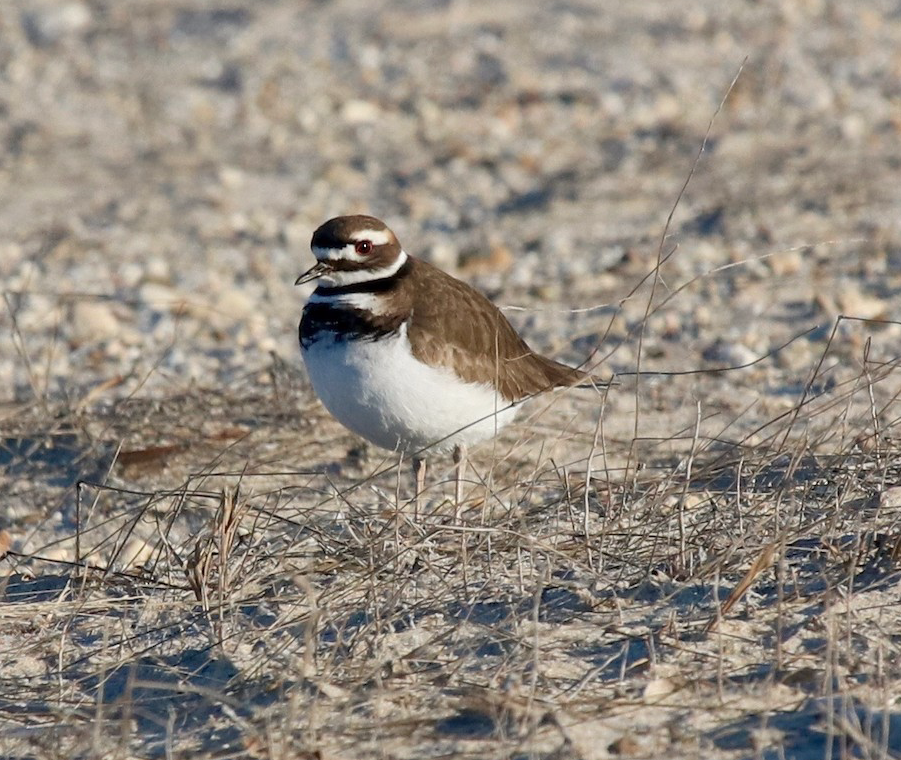Killdeer is a familiar and hardy shorebird with a generally high tolerance for human habitation and landscapes, found in a diverse array of landscapes both wet and dry. This species may linger far north of typical winter range in mild, snow-free winters, but regardless exhibits diverse patterns of migration timing across the continent. The earliest of migrant individuals and populations have been on the move in recent weeks.
Check out the map below to see observations in the last 30 days, noting in particular progressions in the last week. There’s been a significant push in western and eastern regions, and the coming weeks of March will see this species advance northward into areas to begin breeding where snow is generally at a minimum.
However, Killdeer is quite a flexible, or facultative, migrant, in many areas, taking advantage of favorable conditions or avoiding unfavorable conditions based on local information rather than obligatory migration based on day length. With that in mind, and with forecasts for the coming month highlighting a potentially cooler than normal March in the southeastern US, perhaps the progress of this species in some areas might be a little behind schedule; so, too, in California, and portions of the southwest, this species may arrive and begin breeding earlier than usual. The map below shows areas of blue, where the probability of cooler than normal conditions may occur; areas of red, where the probability of warmer than average temperatures may occur; and white, or equal chance, a 50/50 chance for above or below normal temperatures. Stay tuned to this post and visit eBird for the most up to date sighting information in your area!






